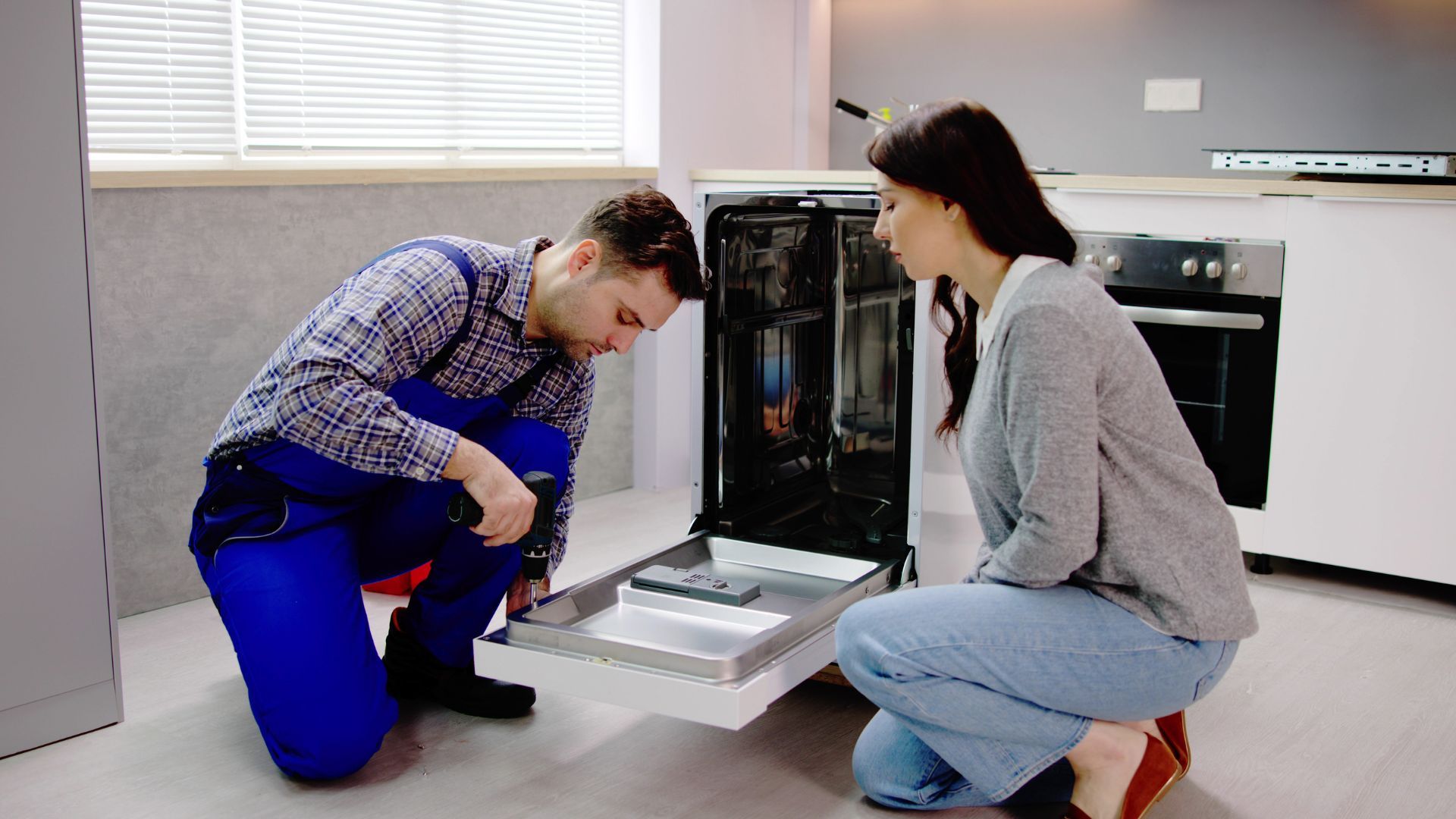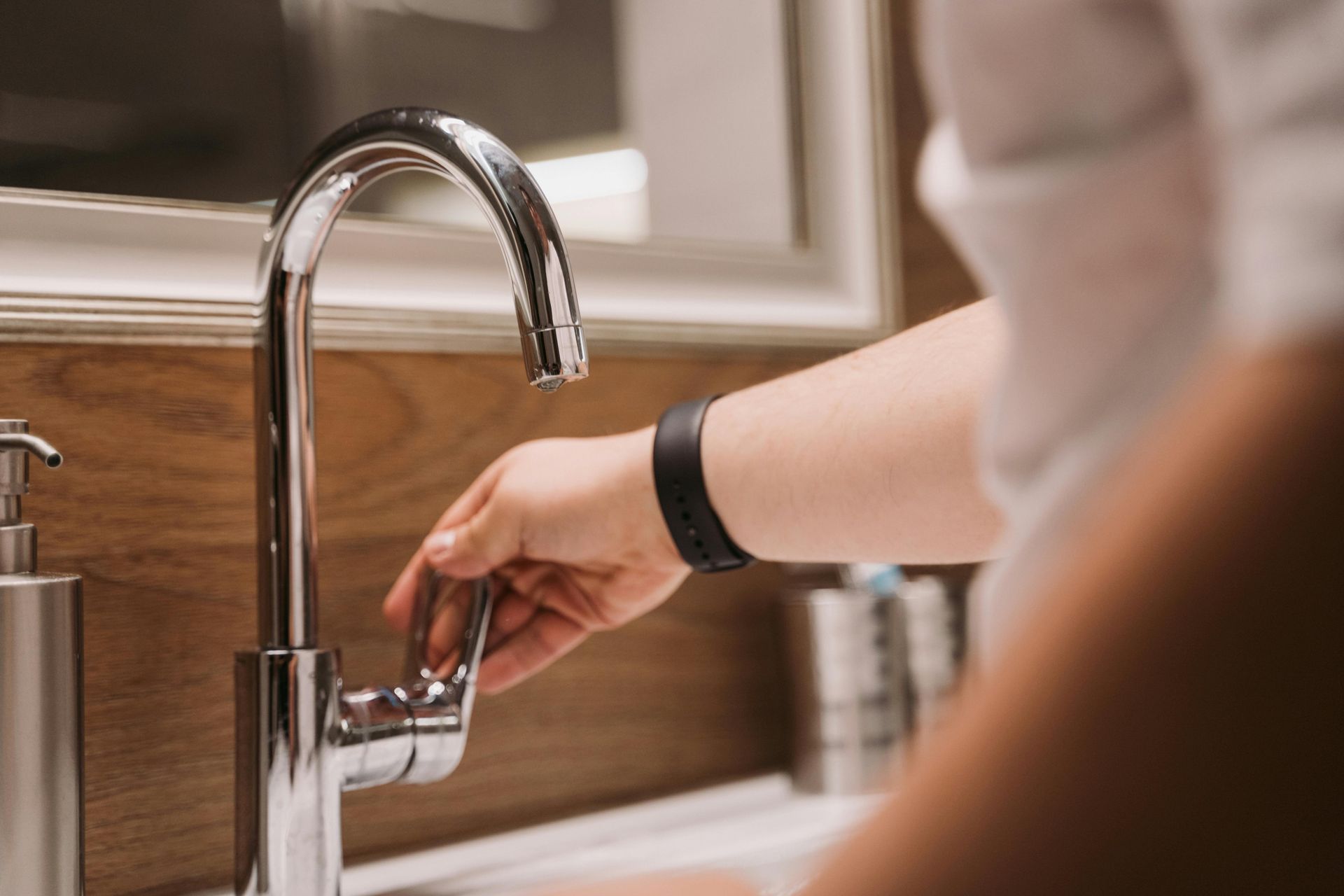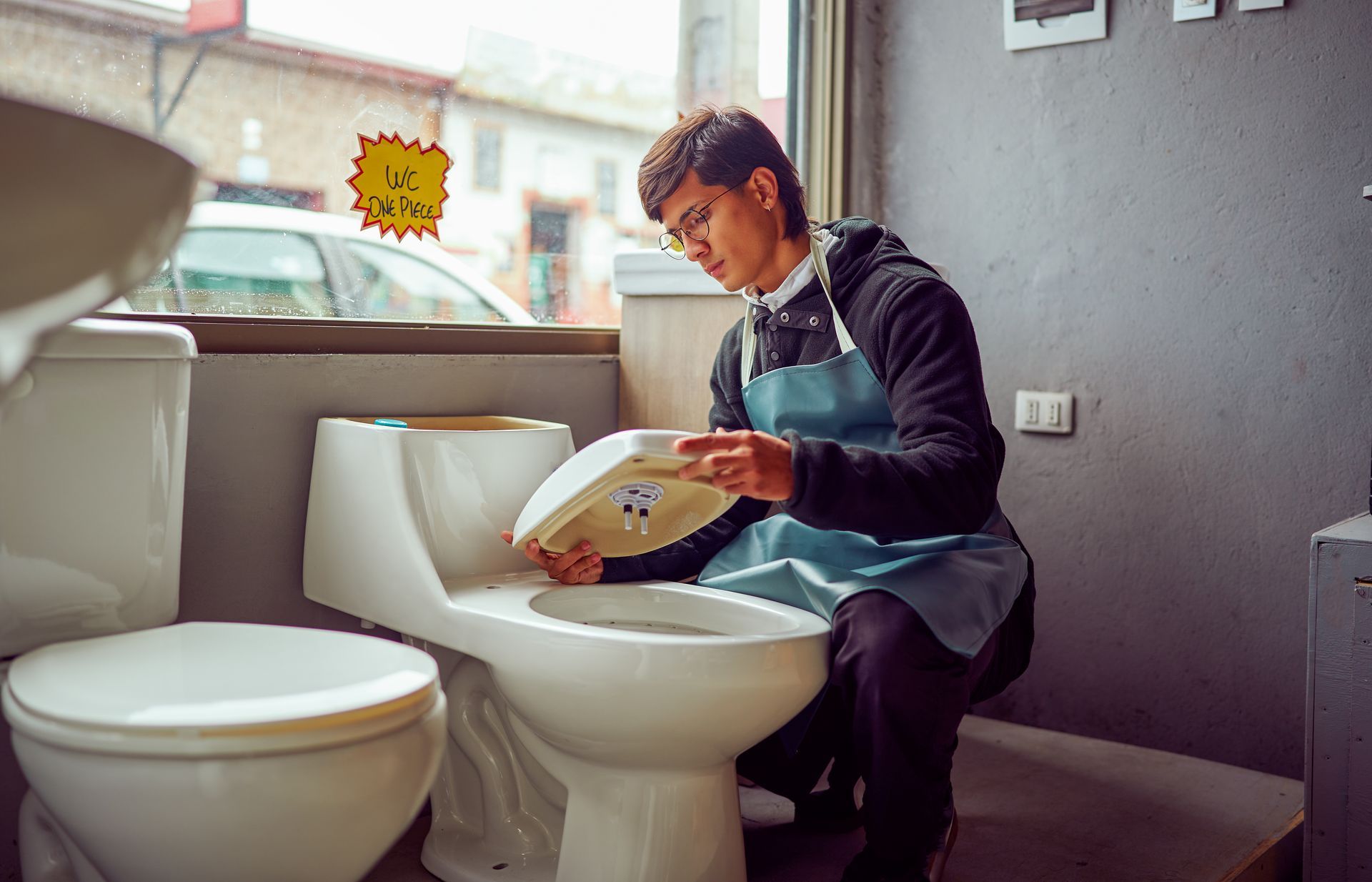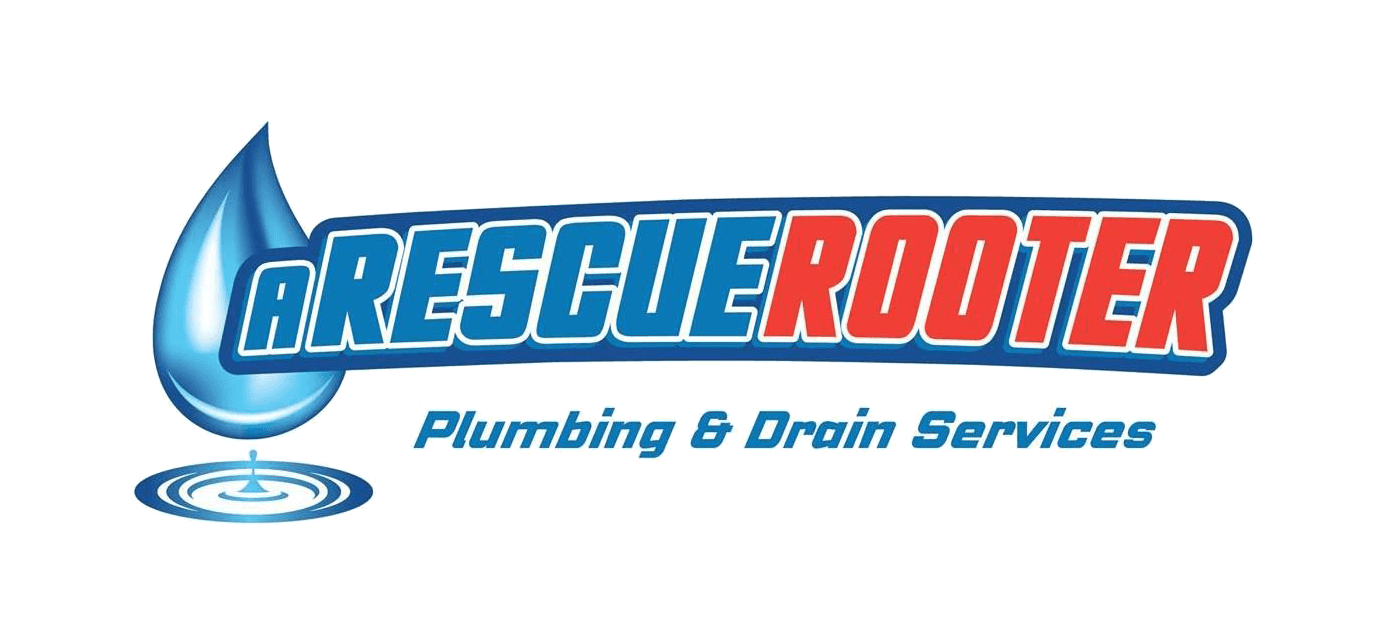Learn how to effectively remove rust stains from your toilet without damaging it.
There’s more to toilet maintenance in Hamilton than you may think.
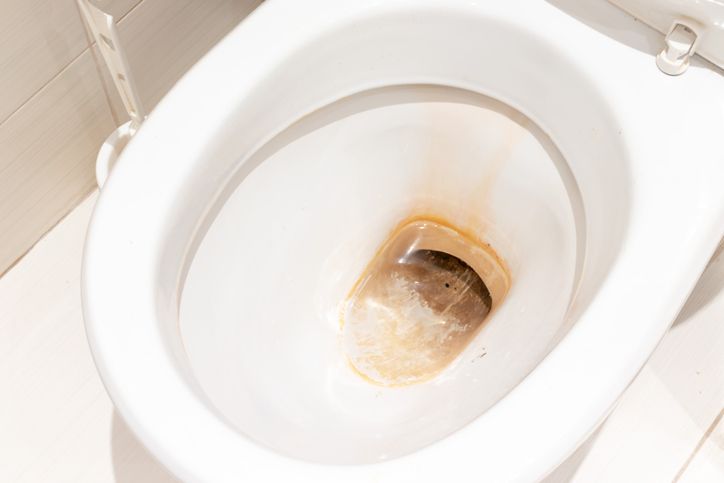
Your toilet can leak, clog or experience other issues that need Hamilton plumber you can trust but what about the rust stains that need to be prevented from toilets in your home? Those unsightly rust stains need to be dealt with and that’s a task you can take care of yourself.
Rust stains in your toilet are unsightly and embarrassing if you have guests. The toilet bowl can be spotless everywhere but rust stains can appear around the bowl. Rust stains can be easily cleaned and removed with following tips you should know:
- Don’t use a scrubber that is abrasive to avoid future rust stains and grime getting trapped in scratches that an abrasive
- Do not use bleach as a cleaner because it’s been known to make a rust stain even worse.
- Purchase a toilet scrubber and use it regularly when cleaning.
Here are the best, most natural method to clean rust stains from toilet:
- In a spray bottle, combine a solution of 1-part vinegar and 1-part water. Spray on the stains, let sit or a few minutes, use your toilet brush to remove the rust stains.
OR
- For really tough stains you can clean rust stains from the toilet by first turning off the water supply to the toilet then flush it clear out most of the water, then make a paste 3-parts of baking soda and 1-part vinegar, apply and let the paste sit for an hour or so before scrubbing it off.
OR
- If the rust stains are very old, empty the toilet bowl, pour in undiluted vinegar and let it set as long as you can, preferably overnight. Rinse and scrub with clean water.
There are many commercial cleaners that are available that will also remove rust stains from your toilet but they can be expensive and a waste of money if they don’t do the job of removing the rust stains from the toilet.
You should think about preventing rust stains from your toilet. The most important task you can do to prevent rust stains is to regularly clean your toilet. You can use a commercial toilet cleaner or a mixture of vinegar, dish soap and water and scrub with a non-abrasive toilet brush. If you do this weekly, especially with an older toilet, rust won’t form and your basic cleaning toilet maintenance will be so much easier to handle.
If you are finding you are dealing with other toilet issues in Hamilton, A Rescue Rooter will help you 24/7. They are the Hamilton and area’s experienced plumbing service. If you are finding the rust stains in your Hamilton toilet are recurring far too much for your liking, you may have to resort to an upgrade to your toilet’s plumbing system. A call to A Rescue Rooter will help you with all your plumbing needs and toilet maintenance, twenty-four hours a day, seven days a week. Their technicians are fully licensed, insured and most importantly…a phone call away! A Rescue Rooter is a local Hamilton plumber and with you in mind, their rates are very affordable and they don’t charge extra for emergencies.
Contact A Rescue Rooter by calling them at 905-521-8284. They are your local residential, commercial and industrial plumbers with over four decades of experience in Hamilton and Southern Ontario!
